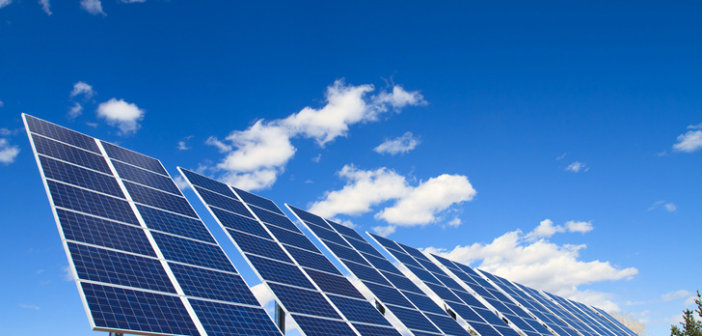(UrbanAcres)
India’s heavy industries, including steel, cement, and aluminium, are on the brink of a transformative shift, with solar energy poised to offer significant cost reductions and help align manufacturing with sustainability goals. According to a recent report by energy think tank Ember, solar energy could slash production costs by up to 10% in certain operations within the steel sector, with even greater potential for savings in standalone electric arc furnace (EAF) steelmaking.
The steel sector alone, which is responsible for 9.4 GW of energy consumption, could benefit immensely from solar integration, as grid power costs continue to rise. In regions like Odisha and Chhattisgarh, known for their steel and aluminium industries, solar adoption could create a significant economic advantage. Here, industrial giants are increasingly turning to solar power to offset high grid costs, with the added benefit of reducing carbon emissions. The report highlights that for steelmaking operations using direct reduced iron arc furnaces (DRI-EAF), solar energy could reduce operational costs by 2 to 5%. This is a substantial saving considering the industry’s reliance on high-cost energy sources. Cement manufacturing, which also consumes large amounts of energy, is poised to benefit, though the potential savings are lower compared to steel. In the case of aluminium, however, the situation is different, with coal-based energy still dominating and limiting the cost-saving potential from solar.
Despite these challenges, the report suggests that India’s heavy industries present a 20 GW solar open-access market opportunity, even amid the continued use of captive coal generation. Cement and aluminium, which together represent 11 GW of this opportunity, could see massive environmental benefits, with the potential to eliminate up to 29 million tonnes of emissions annually. This aligns with India’s broader environmental targets and could accelerate the transition towards greener manufacturing practices. The growing appeal of renewable energy is particularly strong in the eastern states of Odisha and Chhattisgarh, where over 40% of the 20 GW opportunity is concentrated. The government’s recent exemptions from open access costs have made solar power an increasingly attractive option for industrial players. This shift could transform these regions into green manufacturing hubs, attracting climate-conscious investors and positioning India as a leader in sustainable industrial practices.
Furthermore, solar integration could play a crucial role in helping steel producers meet India’s evolving green steel taxonomy. This framework aims to ensure that steel production methods meet low-emission intensity standards, contributing to the country’s climate goals. As businesses look to align with these standards, investing in solar energy could be a critical step in ensuring that they remain competitive in the global market while contributing to a more sustainable future. The integration of solar energy in India’s steel, cement, and aluminium industries offers an opportunity to reduce operational costs, decrease emissions, and pave the way for green manufacturing. As the country looks to bolster its industrial capabilities while adhering to sustainability goals, embracing solar power could serve as a key driver of growth and transformation.





